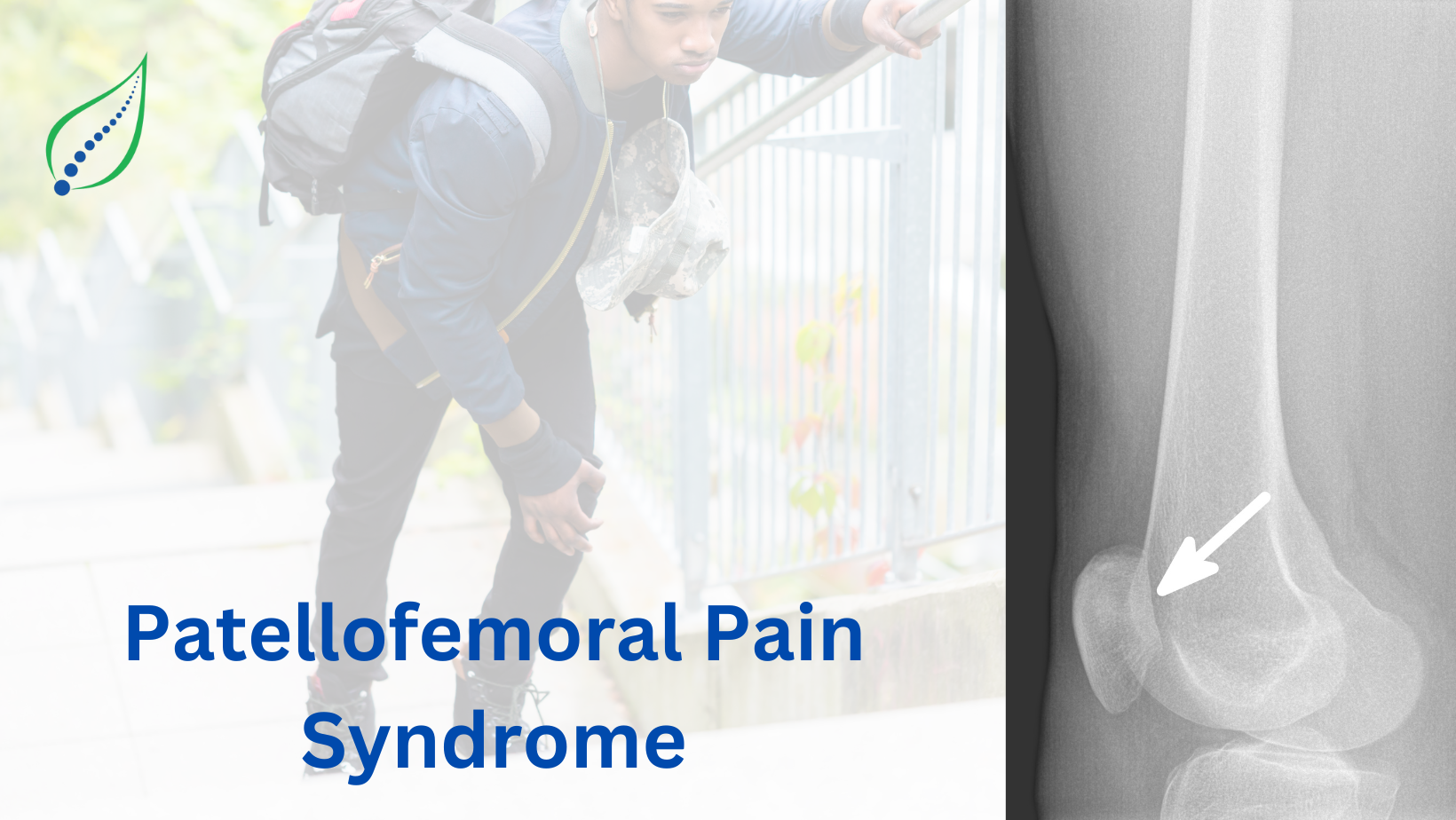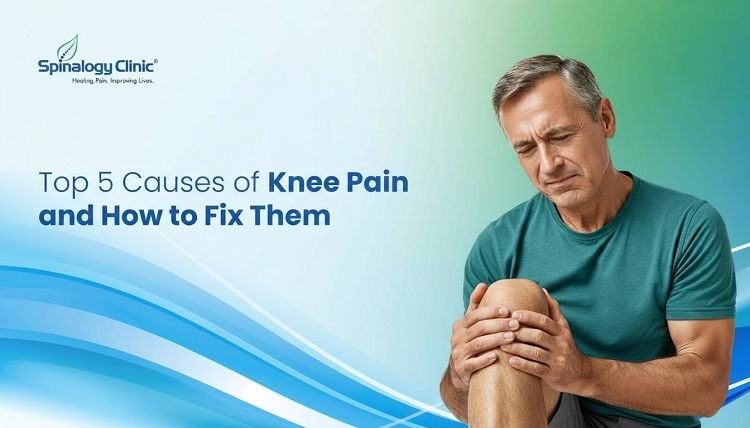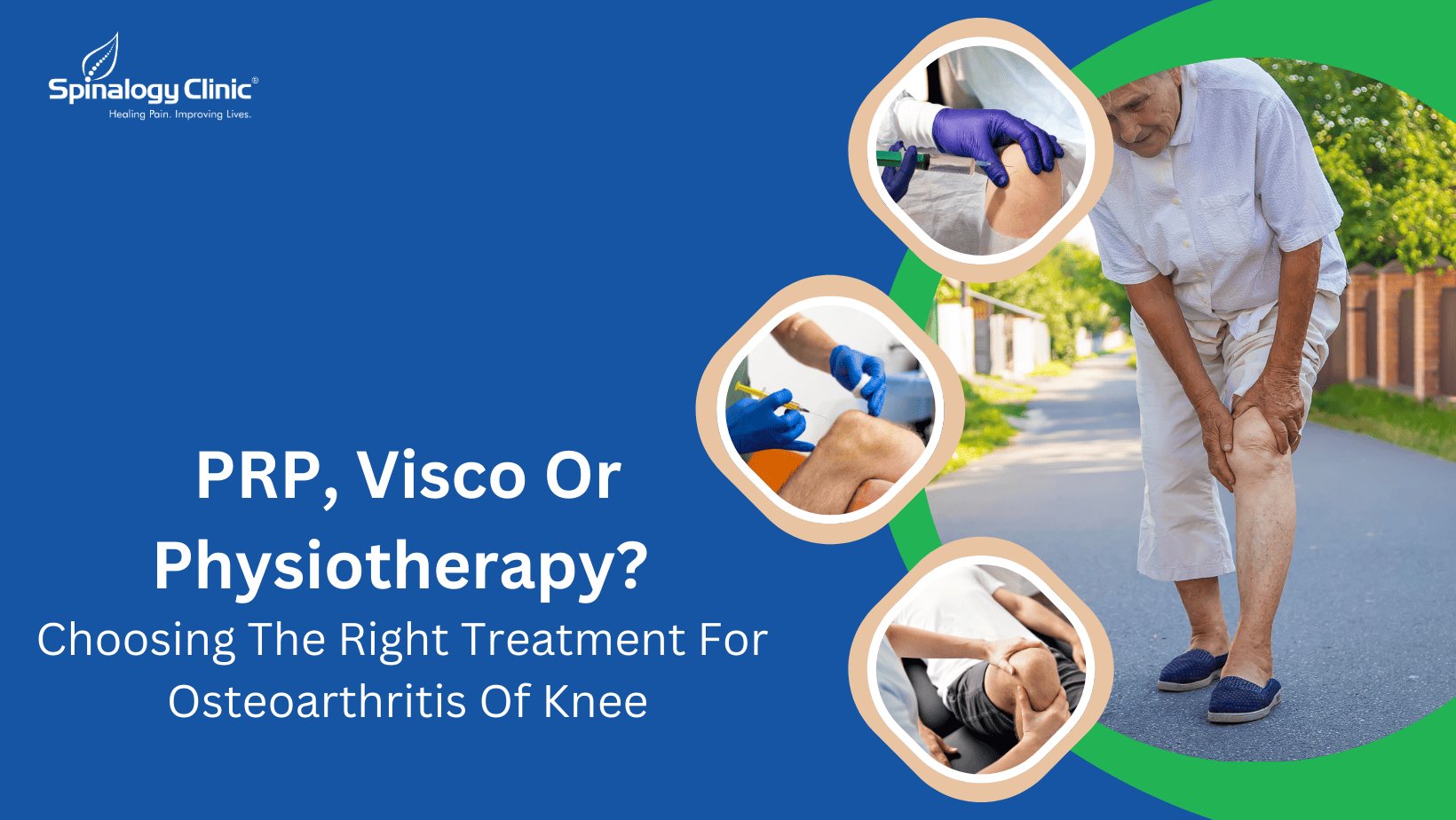Patellofemoral Pain Syndrome
It is also known as runner's knee. Patellofemoral pain syndrome is a commonest condition causing anterior knee pain. Pain is usually present underneath or surrounding the patella. It aggravates while you load on a flexed painful knee usually while performing activities such as running, stair climbing & squatting.
Patello-femoral pain syndrome is a combined term used pain arising from patella-femoral joint, adjacent soft -tissue. The pain starts as anterior knee pain and more common in women under 40 years. Sometimes in this condition pain is misleading as it is felt in deep folds of posterior complex of knee.
PATHOPHYSIOLOGY AND CAUSES:
The causes and pathophysiology are multifactorial
- Mal-tracking of patella
- Hypermobility of patella
- Delayed activation of Vastus medialis during stair climbing and down stairs
- Increased Q-angle >20 degrees mainly in athlete’s
- Dynamic or functional valgus may influence patella tracking leading to lateralization of patella
- Altered patellofemoral kinematics in femur with patella was related to excessive medial rotation of femur and lateral rotation of patella
- Functional mal-alignment or dynamic valgus can be visualized with one leg squats. It can be examined by one leg squat maintained for 1 min. If patient is not maintaining, it resembles there is weakness in hip abductors.
- Increased Rear : Foot eversion leads to peak increase in internal rotation of tibia further affecting patellar position.
- Hamstring imbalance and tightness.
These factors directly and indirectly increase stress on patella and patella retinacula leading to Patellofemoral pain syndrome.
SYMPTOMS:
The patient comes with history of pain in anterior knee pain which aggravates on
- Ascending and descending stairs
- Sitting with knee bent
- Kneeling
- Squatting
- Crepitus while performing knee extensions, squats.
TREATMENT:
Medical management : NSAIDS are given to reduce pain and swelling.
Exercise therapy: Strengthening, Stretching and aerobic exercises helps in making joint and muscles strong. Open and closed kinetic chain exercises for hip and knee strengthening. Strengthening of core and ankle musculature to reduce stress over patella. Stretching of quadriceps, hip flexors, IT band, hamstrings, gastrocnemius and soleus.
Joint mobilization : Patellofemoral and tibiofemoral mobilization are done. Tibiofemoral mobilization is more beneficial in chronic patellofemoral pain.
Neuromuscular training of hip abductors, extensors, knee extensors, core muscles. It will help improving kinematics and muscle activity.
Gait retraining helps in reducing stress on patellofemoral joint and to correct forward trunk lean and minimal shoes.
Taping : Medial patellar glide therapeutic taping is beneficial in mal-tracking of patella.
Bracing : The braces which supports patella and reduces stress loading are beneficial.
Foot Orthotics :Increased rear eversion and pes pronatus can favor internal rotation of tibia and dynamic valgus position of lower extremity. In these cases, customised insoles and foot orthotics are important to correct malalignment.




